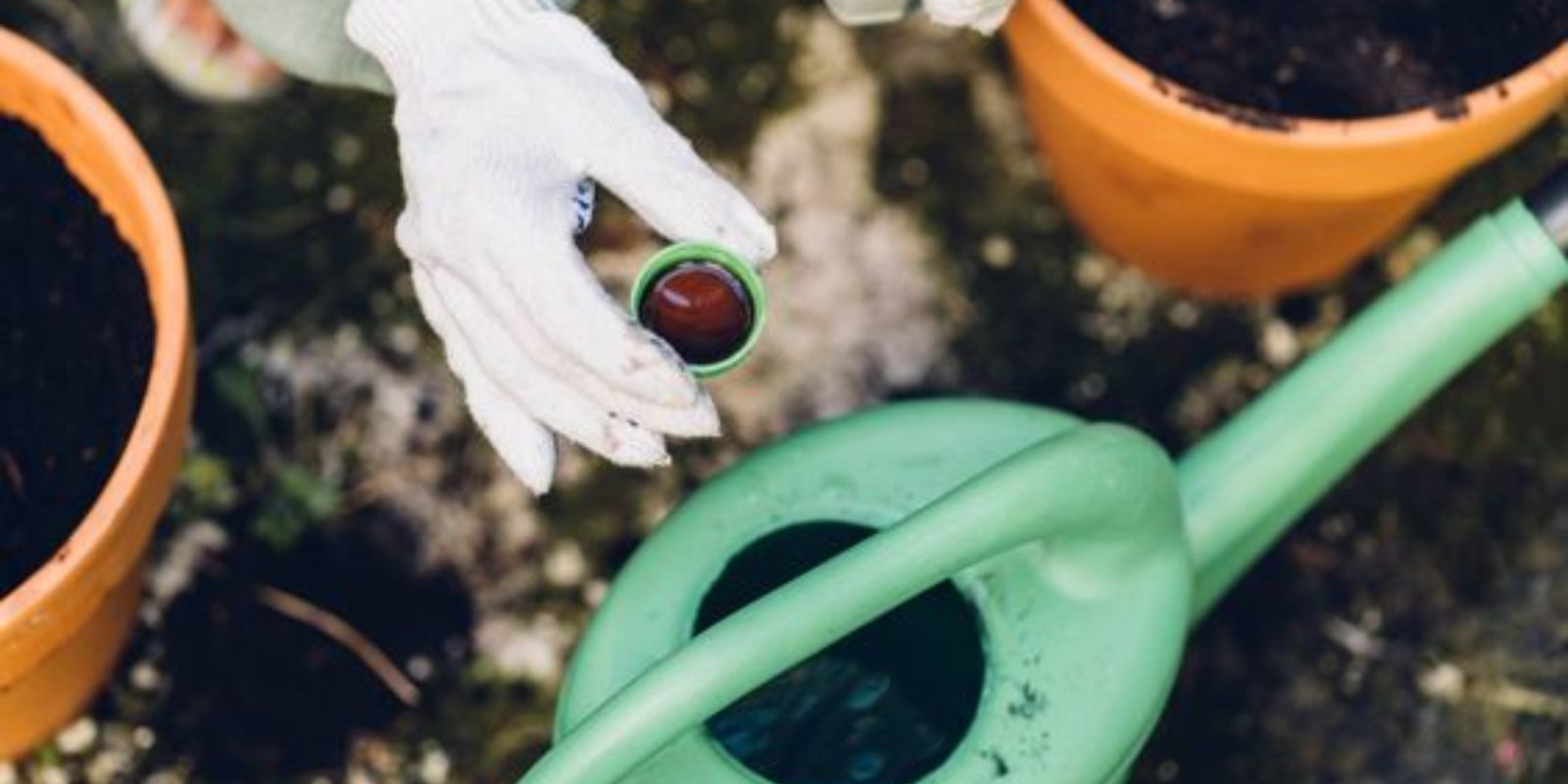Introduction
Fig trees, known for their lush foliage and delicious fruits, are a wonderful addition to any garden. However, achieving a robust and productive fig tree can sometimes be challenging. One innovative approach to enhance the growth and fruitfulness of fig trees involves a simple yet effective method: using just one cup of a special nutrient mixture. This article will guide you through this technique, explaining how it works, and offering tips to maximize its benefits for your fig tree.
Understanding Fig Trees
Fig trees (Ficus carica) are deciduous shrubs or small trees that produce sweet and nutritious fruits. They thrive in warm climates and require well-drained soil to flourish. While fig trees are generally hardy and low-maintenance, they can benefit from additional nutrients to boost their growth and fruit production. The technique of using a nutrient-rich mixture is designed to provide fig trees with the essential elements they need to thrive.
The Benefits of the Nutrient Mixture
The nutrient mixture used in this method combines organic compost or fertilizer with water. This concoction offers several benefits:
- Enhanced Growth: The nutrients in the mixture promote vigorous growth, helping the tree develop a strong and healthy structure.
- Increased Fruit Production: By supplying essential nutrients, the mixture supports the tree’s ability to produce more and larger fruits.
- Improved Soil Health: The organic components of the mixture contribute to the overall health of the soil, fostering a better environment for root development.
Steps to Boost Fig Tree Growth with the Nutrient Mixture
Step 1: Prepare the Mixture
1. Choose Your Ingredients: Select a high-quality organic compost or fertilizer. Compost is an excellent choice due to its balanced nutrient profile and natural content. Alternatively, you can use a general-purpose organic fertilizer designed for fruit trees.
2. Measure and Mix: Measure one cup of the chosen compost or fertilizer. Mix it with water in a container to create a nutrient-rich solution. The ratio of compost to water can vary, but a typical ratio is about one cup of compost to one gallon of water. Stir the mixture thoroughly to ensure that the compost or fertilizer is fully dissolved.
3. Let It Sit: Allow the mixture to sit for a few hours or overnight. This allows the nutrients to fully dissolve and integrate into the water.
Step 2: Apply to Soil
1. Prepare the Area: Before applying the mixture, clear any debris or weeds from around the base of the fig tree. This ensures that the nutrients can reach the soil and roots without obstruction.
2. Pour the Mixture: Pour the nutrient solution around the base of the fig tree, spreading it evenly. Aim to cover the area where the tree’s roots are most active, which is typically within the drip line of the tree. Avoid pouring the mixture directly onto the trunk or leaves to prevent potential damage.
3. Ensure Even Distribution: Use a garden trowel or hand tool to gently work the mixture into the soil. This helps the nutrients penetrate the soil and reach the root zone more effectively.
Step 3: Water Thoroughly
1. Water the Area: After applying the nutrient mixture, water the area thoroughly. This helps to flush the nutrients into the soil and ensures that they are absorbed by the roots.
2. Monitor Soil Moisture: Keep the soil consistently moist but not waterlogged. Proper watering practices are crucial to prevent root rot and ensure that the nutrients are used effectively by the tree.
Monitoring Growth and Fruit Production
1. Observe Changes: After applying the nutrient mixture, monitor your fig tree for signs of improved growth and increased fruit production. Look for lush, green foliage and healthy new growth as indicators of enhanced vitality.
2. Track Fruit Development: Keep an eye on the development of figs. You should notice an increase in the number of fruits and their size over time. Well-nourished fig trees often produce larger and sweeter fruits.
3. Adjust as Needed: Depending on the tree’s response, you may need to adjust the frequency of applying the nutrient mixture. Typically, applying it once every 6-8 weeks during the growing season is sufficient. Avoid over-fertilizing, as excessive nutrients can harm the tree.
Additional Tips for Fig Tree Care
1. Pruning: Regular pruning helps maintain the tree’s shape and encourages better fruit production. Remove dead or diseased branches and thin out crowded areas to improve air circulation.
2. Mulching: Applying a layer of organic mulch around the base of the tree helps retain soil moisture, suppress weeds, and improve soil health.
3. Pest Management: Keep an eye out for common fig pests, such as aphids or scale insects. Use natural pest control methods or organic insecticides as needed to protect your tree.
4. Winter Care: In cooler climates, protect your fig tree during winter by covering the base with mulch or using a protective wrap. This helps prevent damage from frost and cold temperatures.
Conclusion
The technique of using a nutrient-rich mixture to boost fig tree growth and fruitfulness is a simple yet effective approach to enhancing your garden. By preparing and applying this mixture, you can support your fig tree’s development, increase its fruit production, and improve overall soil health. With proper care and monitoring, your fig tree will flourish and provide you with an abundant harvest of delicious figs.
Motivation
Embrace this easy and efficient method to see your fig tree thrive with vibrant growth and abundant fruit. With just one cup of nutrient-rich solution, you can transform your fig tree into a productive and healthy plant. Start today and enjoy the fruits of your labor! 🌿🍇

